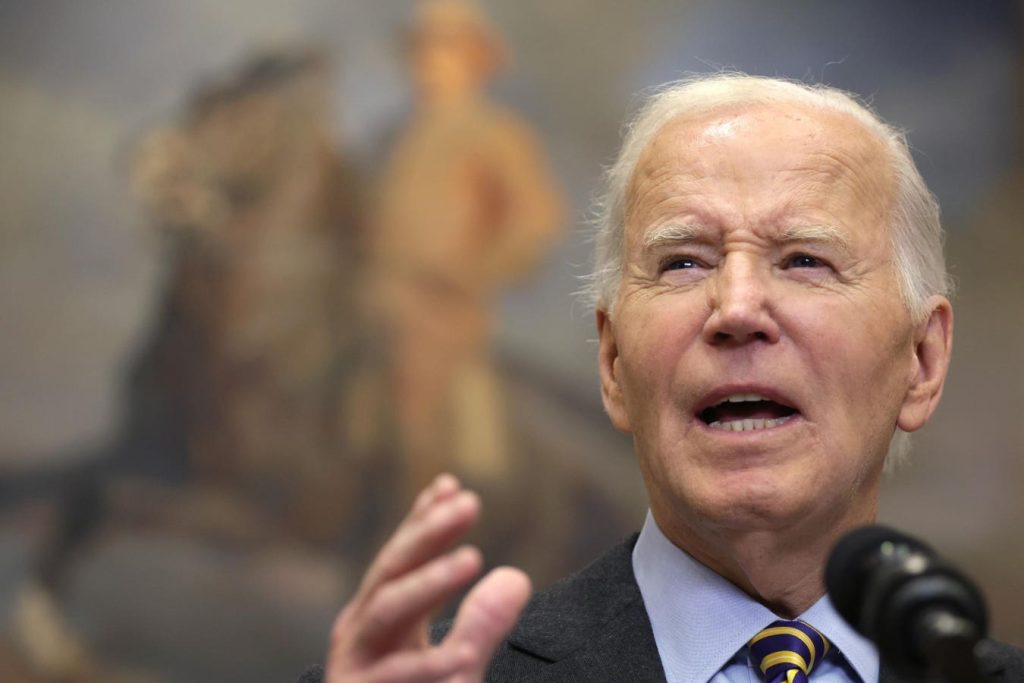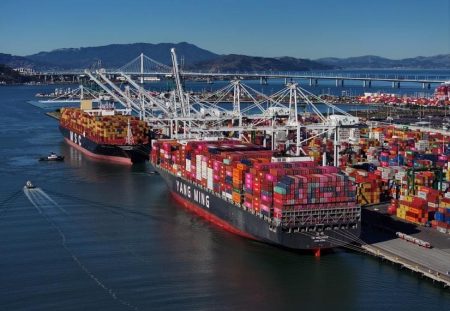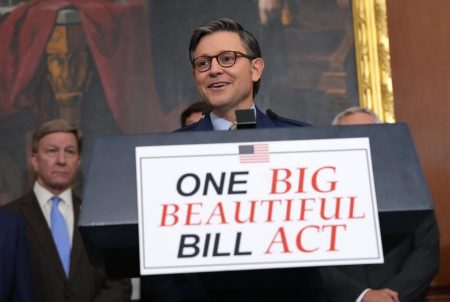The U.S. Department of Education has finally resumed processing applications for several income-driven repayment (IDR) plans after a months-long pause, offering a renewed pathway to student loan forgiveness for millions of borrowers. This pause stemmed from a legal challenge by Republican-led states against the Biden administration’s new Saving on a Valuable Education (SAVE) plan, which aimed to lower monthly payments and expedite loan forgiveness for eligible borrowers. The ensuing court injunction, while specifically targeting the SAVE plan, had a ripple effect, disrupting the entire IDR system and leaving numerous borrowers in limbo. The resumption of processing for the Income-Contingent Repayment (ICR), Pay As You Earn (PAYE), and Income-Based Repayment (IBR) plans marks a significant step forward, albeit with lingering challenges.
IDR plans are designed to make federal student loan repayment more manageable by tying monthly payments to a borrower’s income and family size. These plans offer a critical safety net for borrowers struggling with high debt burdens, ultimately promising complete loan forgiveness after 20 or 25 years of consistent payments, depending on the specific program. Furthermore, enrollment in an IDR plan is often a prerequisite for Public Service Loan Forgiveness (PSLF), a program that forgives the remaining debt of public sector employees after ten years of qualifying service. The injunction against the SAVE plan, however, created a logjam within the system, preventing new borrowers from enrolling in IDR plans and existing borrowers from adjusting their payments based on changed financial circumstances. This disruption placed borrowers at risk of default and hindered their progress towards loan forgiveness under both IDR and PSLF.
The court-ordered halt to SAVE plan implementation and the subsequent system-wide processing freeze significantly impacted millions of borrowers. The injunction directly affected eight million individuals who were anticipating enrolling in or had already begun the SAVE plan application process, forcing them into forbearance. While forbearance temporarily suspends payments and halts interest accrual, it crucially does not count towards the required repayment period for loan forgiveness under IDR or PSLF programs. This effectively froze these borrowers’ progress towards eventual debt relief. Moreover, the Education Department’s initial response to the injunction – taking down all IDR applications due to system incompatibilities – further exacerbated the situation, preventing anyone from accessing IDR plans, including recent graduates and borrowers seeking payment adjustments. Though IDR applications were eventually reinstated, the processing remained stalled, leaving countless borrowers in a state of uncertainty.
The recent announcement of resumed IDR processing for ICR, PAYE, and IBR offers a lifeline to those seeking to regain their footing on the path to loan forgiveness. The Biden administration strategically reopened ICR and PAYE, which were previously closed with the introduction of the SAVE plan, to provide borrowers with more options for managing their debt. Loan servicers have now begun tackling the backlog of applications accumulated over the past five months, though the Department of Education has not provided specific timelines for processing. While the SAVE plan remains inaccessible due to the ongoing injunction, the resumption of processing for other IDR plans represents a critical victory for borrowers seeking relief.
Despite this positive development, significant challenges and potential complications remain. The substantial backlog of IDR applications means that borrowers are likely to face considerable processing delays. Furthermore, a temporary “processing forbearance” implemented during application review, although counting towards loan forgiveness for up to 60 days, can turn into a “general forbearance” if processing extends beyond this timeframe. While this protects borrowers from accruing interest, the time spent in general forbearance does not contribute towards loan forgiveness, further delaying their progress. These uncertainties underscore the ongoing precariousness of the situation for borrowers seeking student loan forgiveness.
The broader legal battle surrounding IDR programs adds another layer of complexity. While the current legal challenge is explicitly focused on the SAVE plan, the 8th Circuit Court of Appeals is also considering whether to invalidate the loan forgiveness provisions of ICR and PAYE, potentially jeopardizing the long-term prospects of these programs. Furthermore, Republican lawmakers are exploring legislative options to repeal loan forgiveness pathways under all IDR plans, further threatening the future of these crucial programs. The ultimate resolution of these legal and legislative challenges will significantly impact the landscape of student loan forgiveness, leaving millions of borrowers in a state of suspense as they await the outcome.










